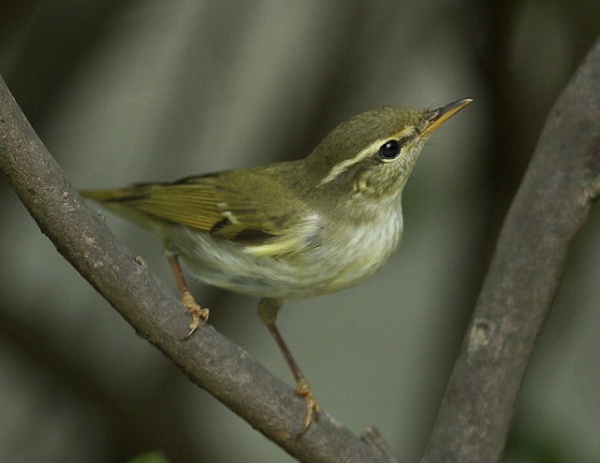Facts About Arctic warbler
The Arctic warbler is a delightful small bird that favors birch or mixed birch forests, particularly near water, in regions such as Fennoscandia and the northern Palearctic. Remarkably, these warblers can also be found in Alaska, making them one of the few Old World birds to have crossed into North America. True to their migratory nature, they spend their winters in Southeast Asia.
Fascinatingly, what was once considered a single species has now been divided into three distinct species, thanks to thorough genetic and vocal studies. The Kamchatka leaf warbler and the Japanese leaf warbler, residing in Kamchatka, the Kuril Islands, and Japan, have been elevated to full species status.
In terms of nesting preferences, the Arctic warbler takes a modest approach, building its nests on the ground within low shrubs. Their diet primarily consists of insects. They can be identified by their greyish-green upperparts and off-white underparts, accompanied by a characteristic single wing bar. Their song is a fast trill, which is quite distinctive.
These birds are known as autumn visitors in Western Europe and are frequently observed in Great Britain, with an impressive 225 sightings documented between 1958 and 2001.
The name "Phylloscopus" is derived from the Ancient Greek words "phullon" meaning "leaf" and "skopos" meaning "seeker" or "watcher." The specific epithet "borealis" translates to "northern" in Latin, aptly describing this little traveler from the north.

 Ireland
Ireland